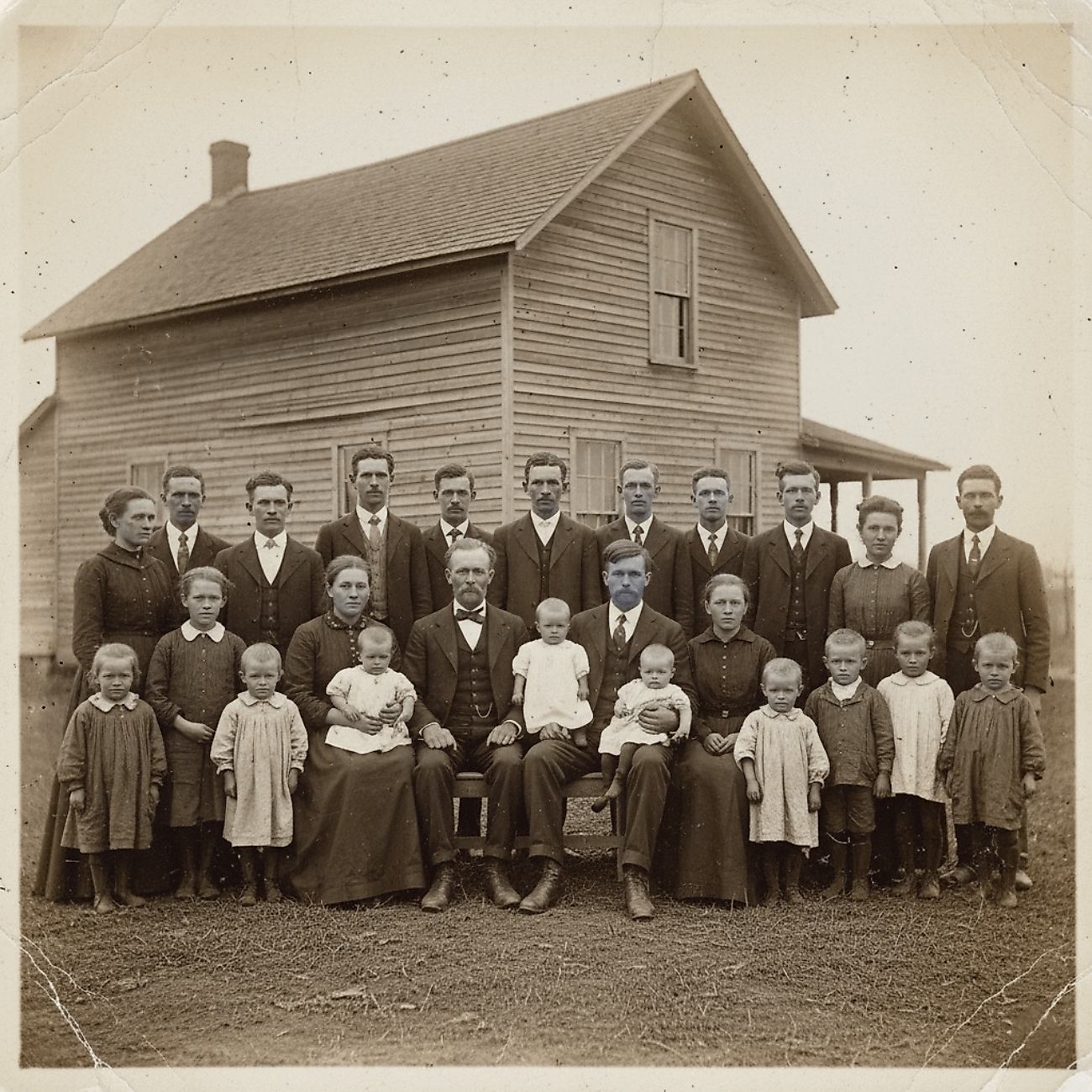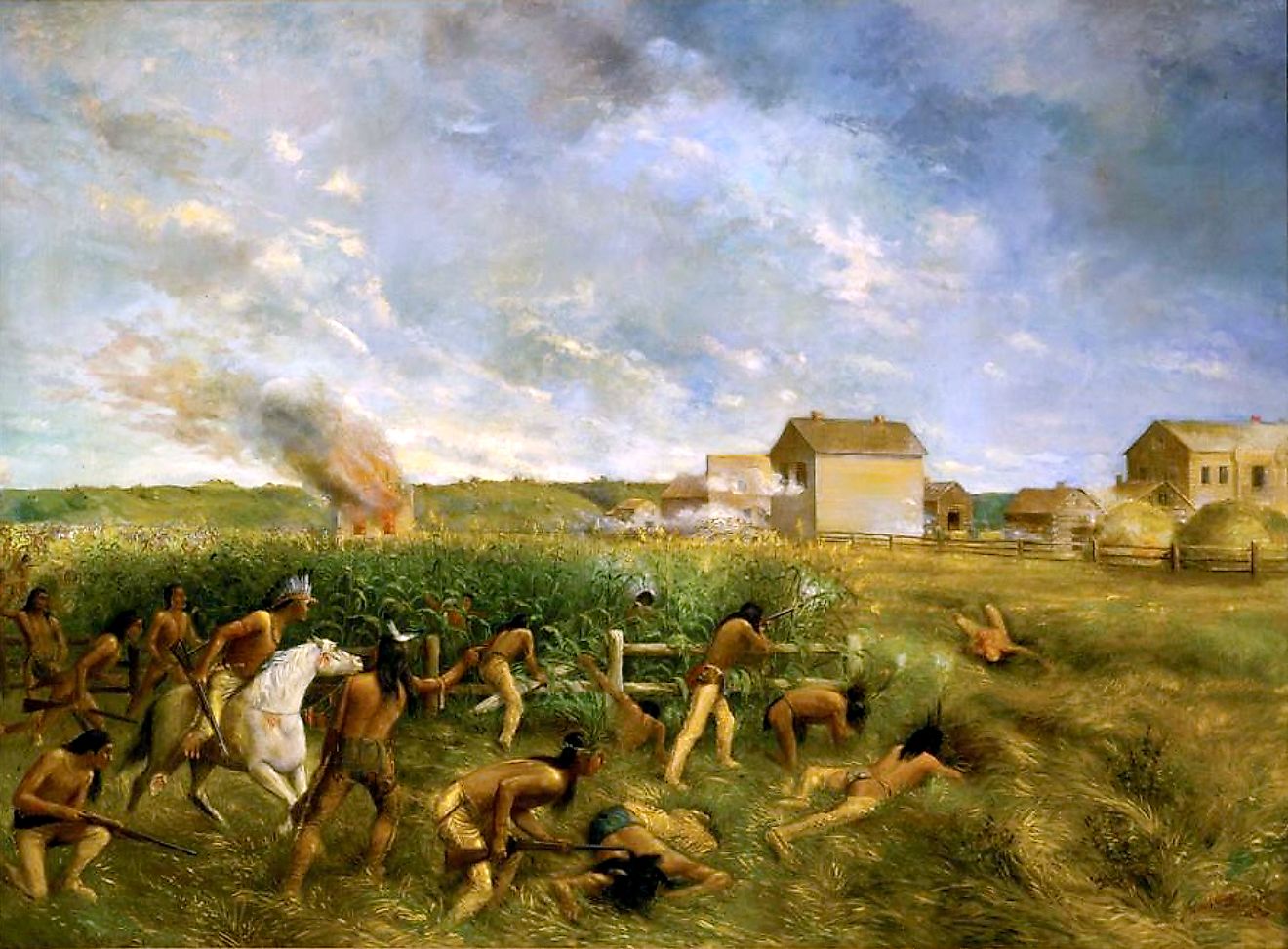
The Invasion Of Normandy
While not the first incursion onto the continent since the Fall of France, with British and American troops invading Italy in the summer of 1943, the invasion of Normandy in June 1944 was arguably the most significant Allied victory on the Western Front since the war began. Indeed, it helped set the stage for the liberation of France and the defeat and occupation of Germany. For these reasons and more, the Battle for Normandy is crucial to understand.
Background

Germany invaded the Soviet Union on June 22, 1941. Despite this campaign marking the culmination of Hitler's goal to procure Lebensraum (living space) in the east, Operation Barbarossa was also the beginning of the end of Germany. Indeed, the Wehrmacht (the German Army) got bogged down and defeated in Moscow and Stalingrad. Furthermore, the Allied invasion of Sicily in the summer of 1943 hindered a major counteroffensive in Kursk, with Hitler being forced to divert troops to Italy. All this meant that by 1944, Germany was significantly weakened, setting the stage for a major Allied military operation in the west.
The Invasion
Preparing to invade Normandy (a region in northern France) was a significant endeavor. Deception played a major role, with the Allies building fake tanks, fake barracks, and fake bases to convince the Germans that they were going to invade elsewhere. Furthermore, American general George Patton was brought in to command this fake army. When combined with double agents telling the Germans not to pour too many resources into Normandy, this campaign, known as Operation Fortitude, set the stage for a successful attack.

Allied troops invaded Normandy on June 6, 1944. American soldiers attacked the beaches codenamed Omaha and Utah, the British attacked Sword and Gold, and the Canadians attacked Juno. Beginning at 6:30 AM, the British and Canadians faced light resistance, as did the Americans at Utah. But Omaha was a different story. The battle was bloody, with German machine guns tearing through American soldiers. However, the Americans eventually took the beach, suffering 2000 causalities in the process. Despite a somewhat successful German counteroffensive in the afternoon, which almost completely divided the British and Canadian divisions, the Allies nonetheless dug in and maintained their position on the continent.
The next two months were mostly a stalemate. The terrain of northern France prevented the Allies from making any significant progress. However, the Germans were facing even more serious problems. Officer Friedrich Dollmann died on June 28 in a suspected suicide due to the events at Normandy. Furthermore, Field Marshall Erwin Rommel was badly injured on July 17 when an Allied plane strafed his car. The worst came on July 20 when a group of disgruntled officers attempted to assassinate Hitler. This plot ultimately failed and resulted in Hitler taking even more direct control over the army. Such disarray contributed to weakening German defenses, thereby helping the Allies break through in August.
The Aftermath

A failed German offensive in early August aside, the first half of the month saw British and American forces make steady progress. Thus, by August 16, Hitler was forced to withdraw all troops from Normandy. From this point onwards, the liberation of France was incredibly rapid. The battle for Paris began on August 19, with the Allies taking the city six days later. Plans were then made to capture Berlin by Christmas, which seemed likely when the Soviets crossed the German border in September. Around the same time, the Wehrmacht was forced out of Bulgaria and Romania. However, the Soviets' stop-and-start strategy, in which they made a quick push before halting to rest and build up supplies, and American over-eagerness resulted in most major progress being stalled until January 1945. Nonetheless, the war in Europe eventually ended in May 1945.
The invasion of Normandy was a critical event in World War II. It marked the first meaningful Allied foothold in Western Europe since 1940. Furthermore, it exacerbated disarray in the German high command, which allowed British, American, and Canadian troops to make further inroads into France. Finally, it set the stage for the end of the war, with the Germans now fighting losing battles in both the East and the West.











